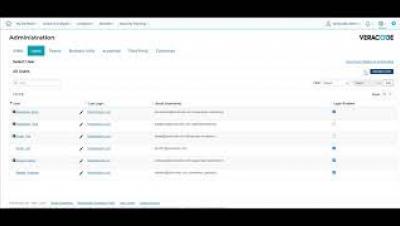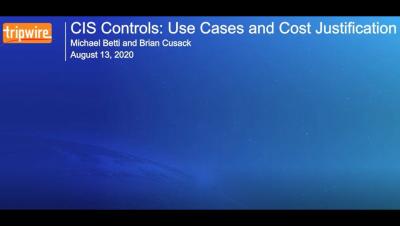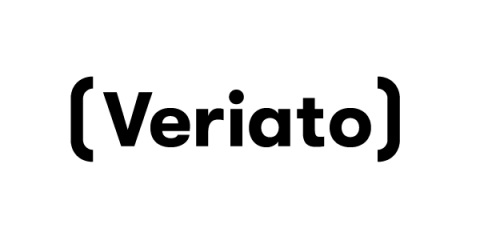Staying safe in Slack: Blossom Bariatrics counts on Nightfall for HIPAA compliance
The bariatric surgery market is growing year over year in the United States, from 158,000 surgeries in 2011 to 252,000 surgeries in 2018. Over the last decade, weight loss surgery demand has increased, leading to a boom in the number of clinics offering these procedures. Blossom Bariatrics has become one of the premier bariatric surgery clinics in the Las Vegas area. They provide surgical treatment options for weight loss, plus hernia, gallbladder, and anti-reflux surgeries.











